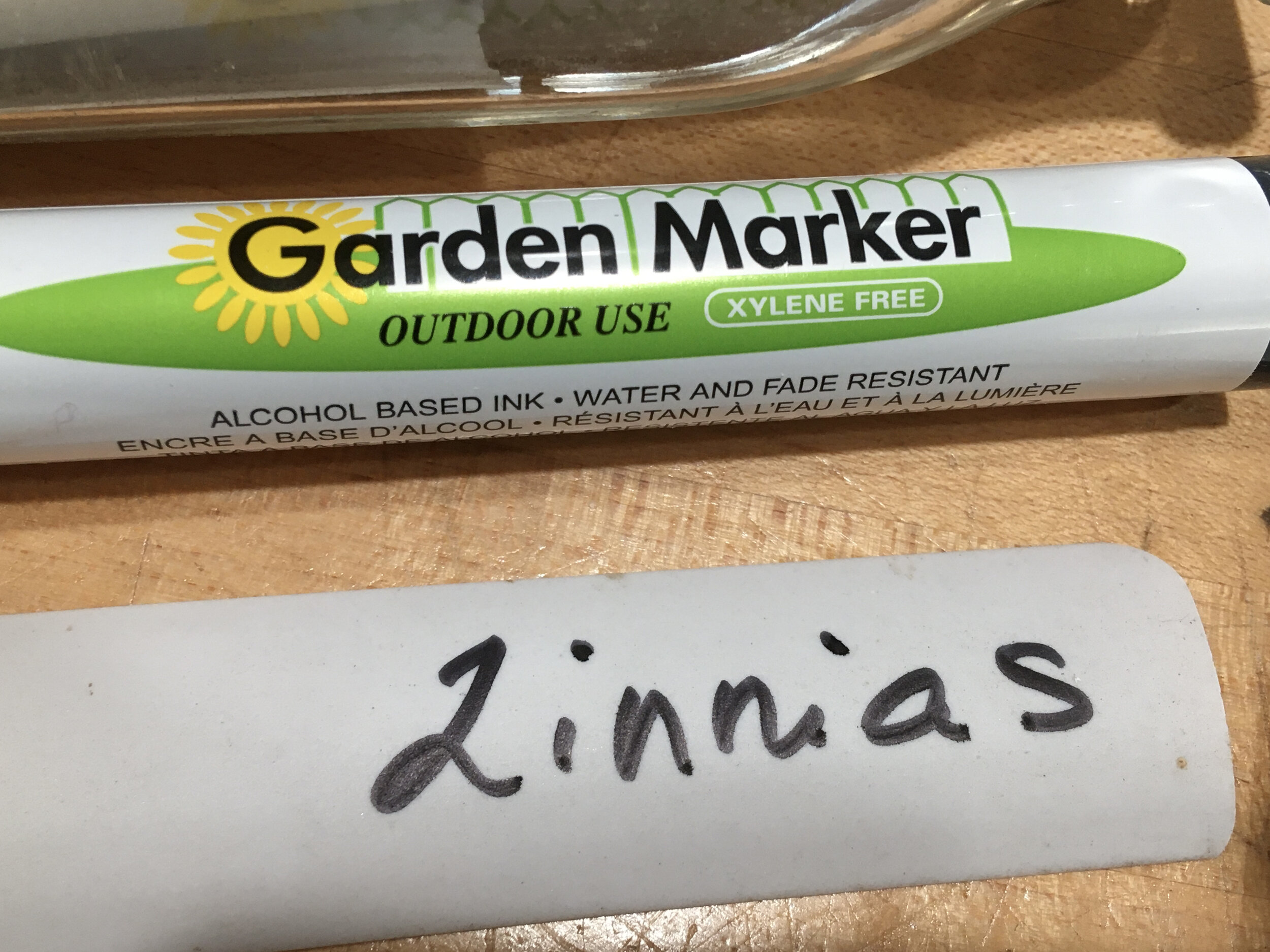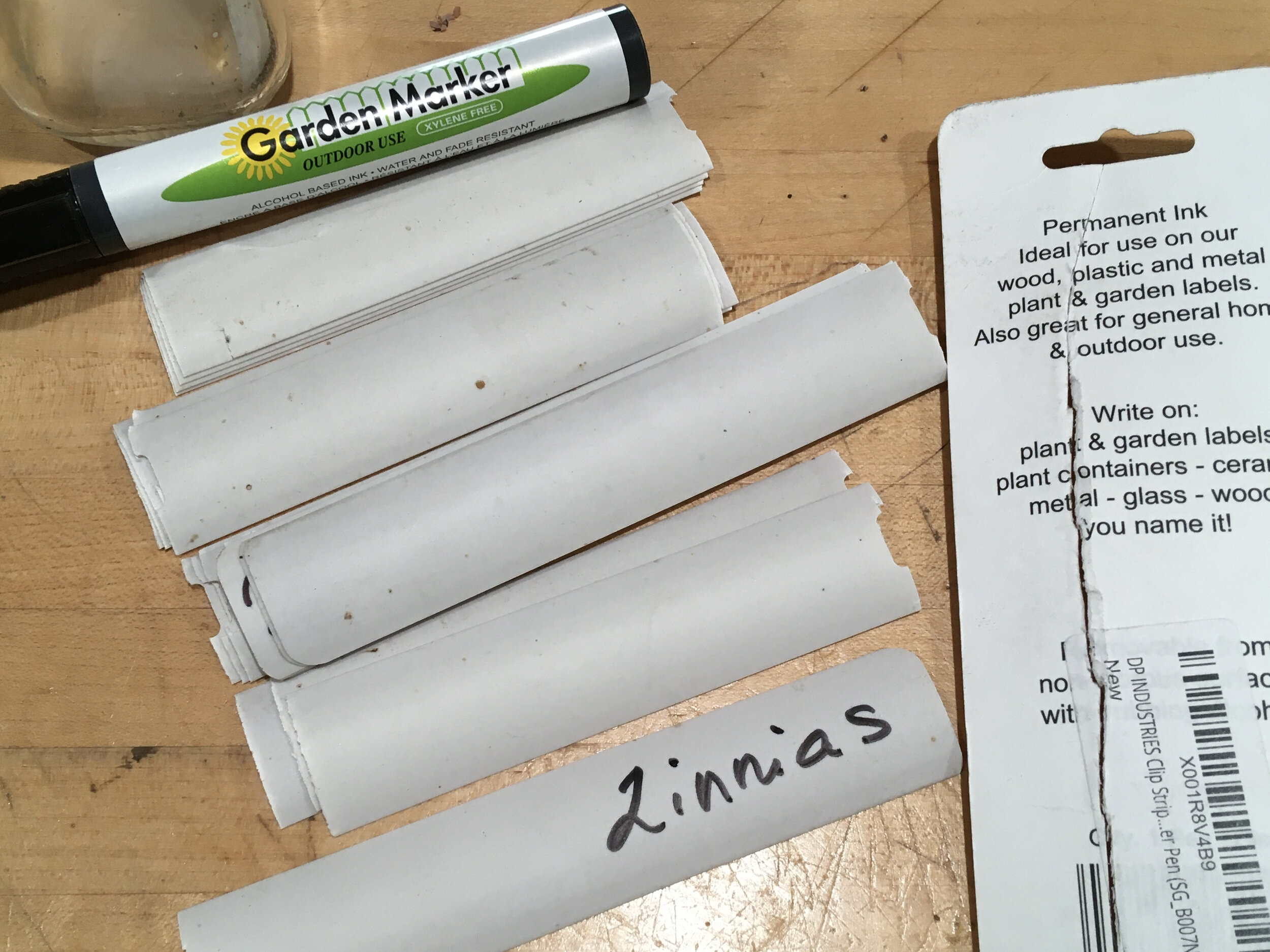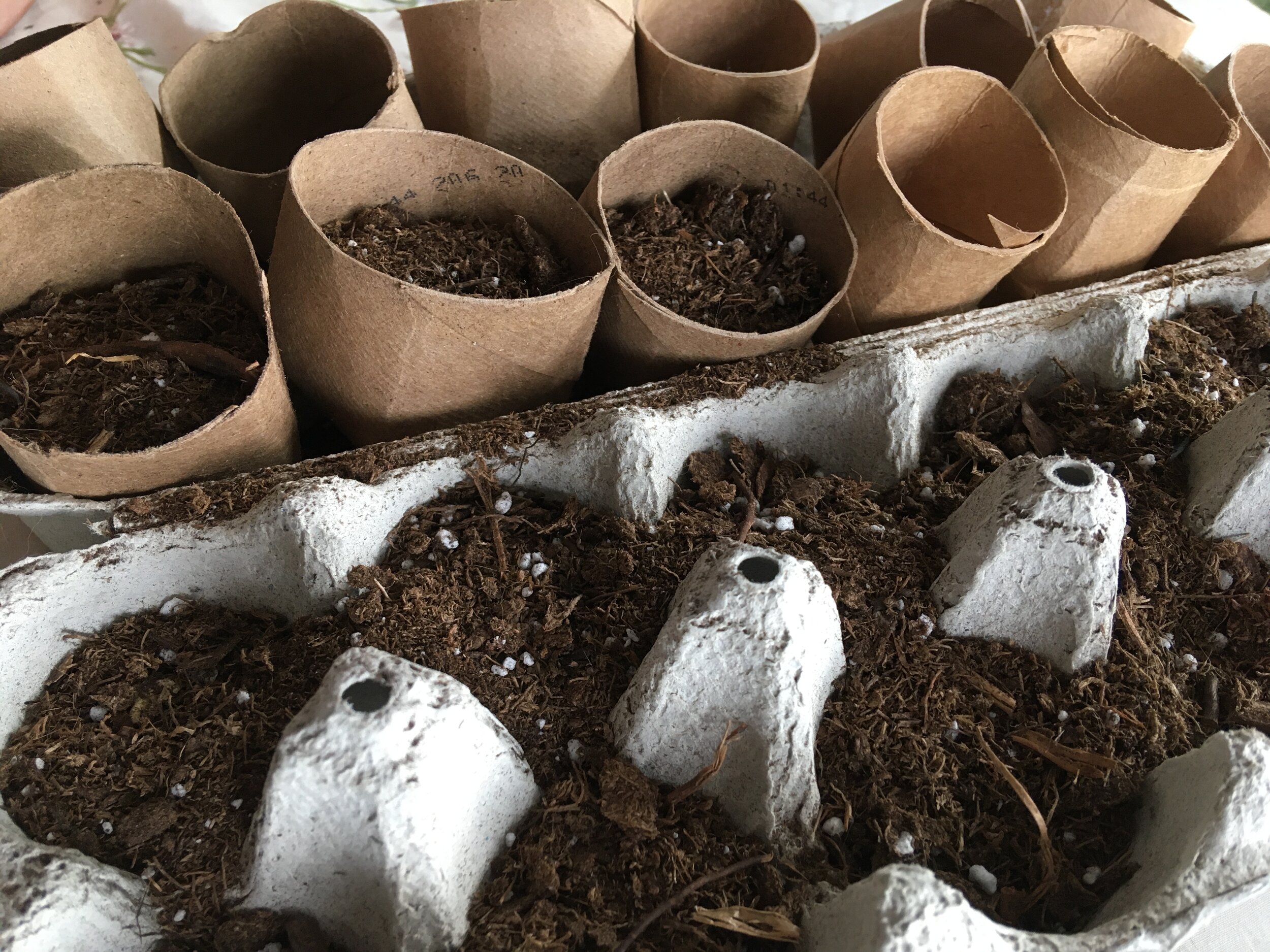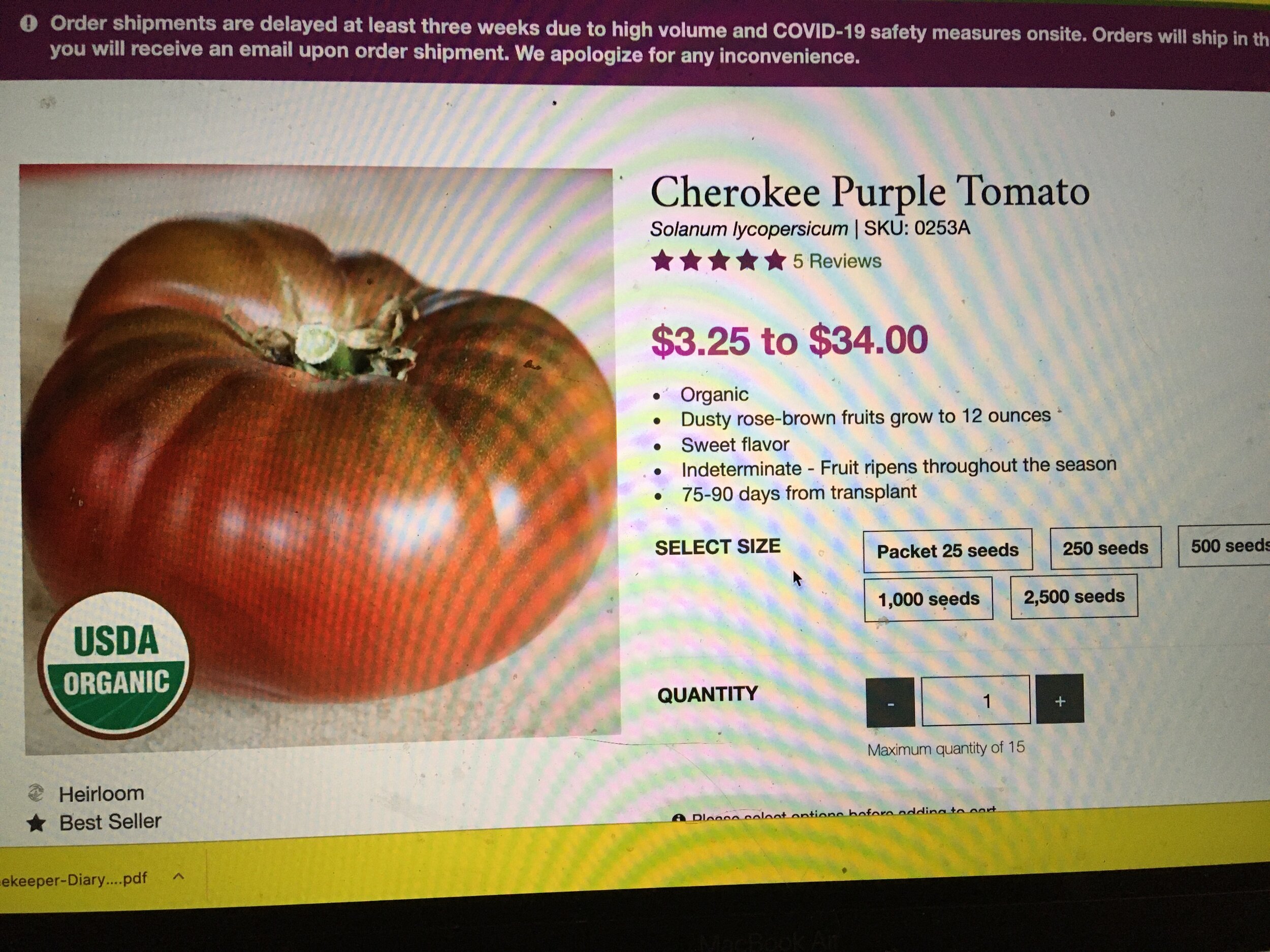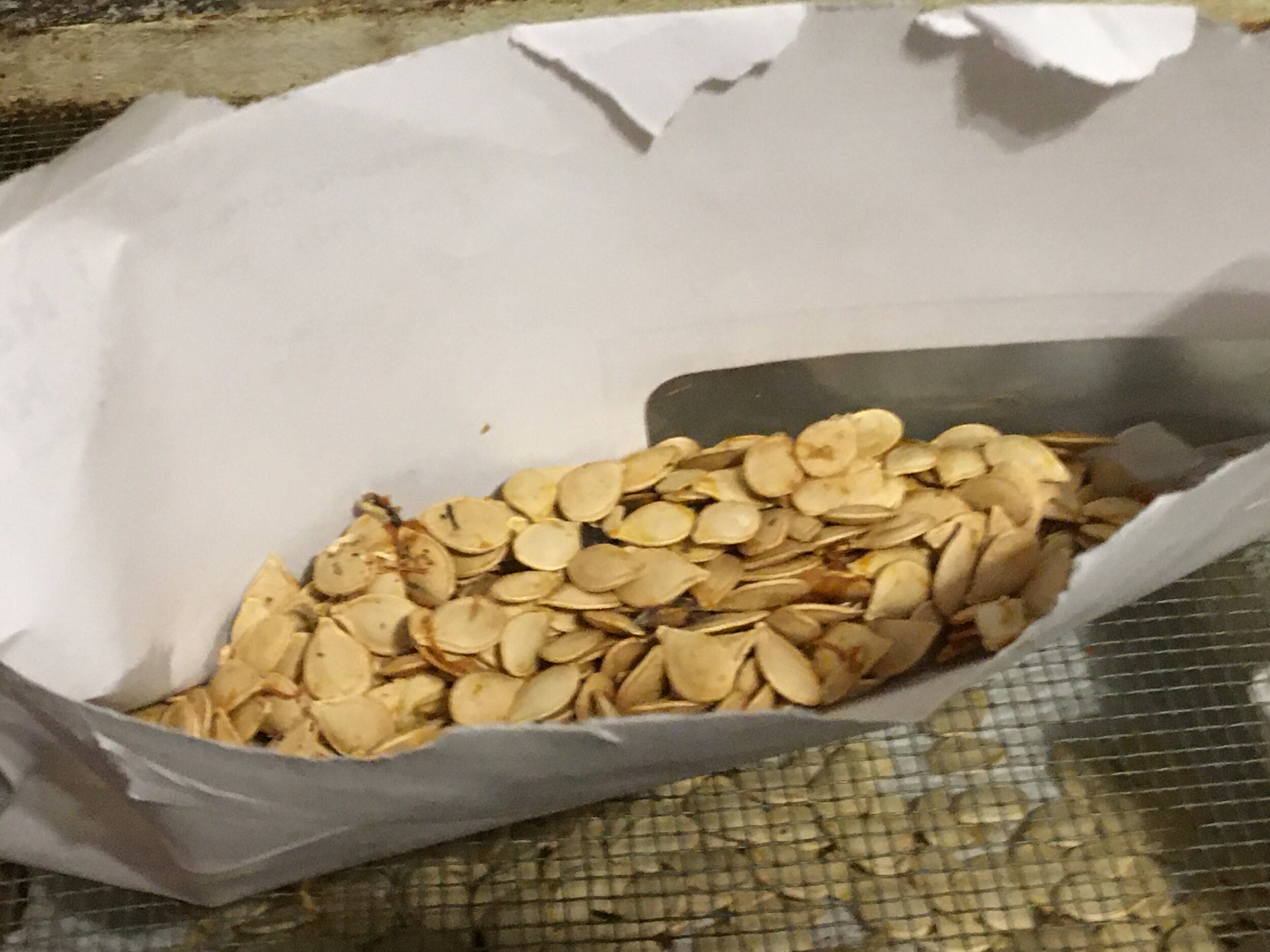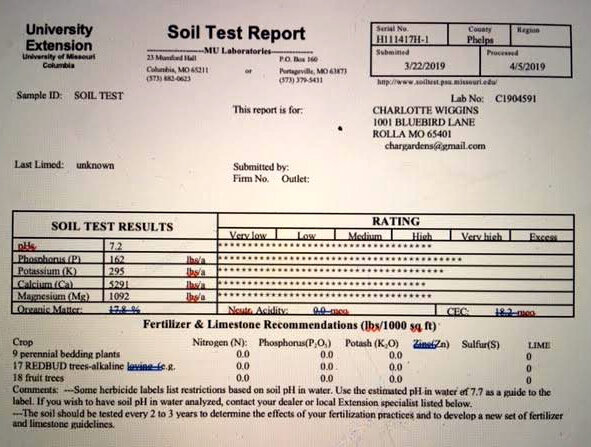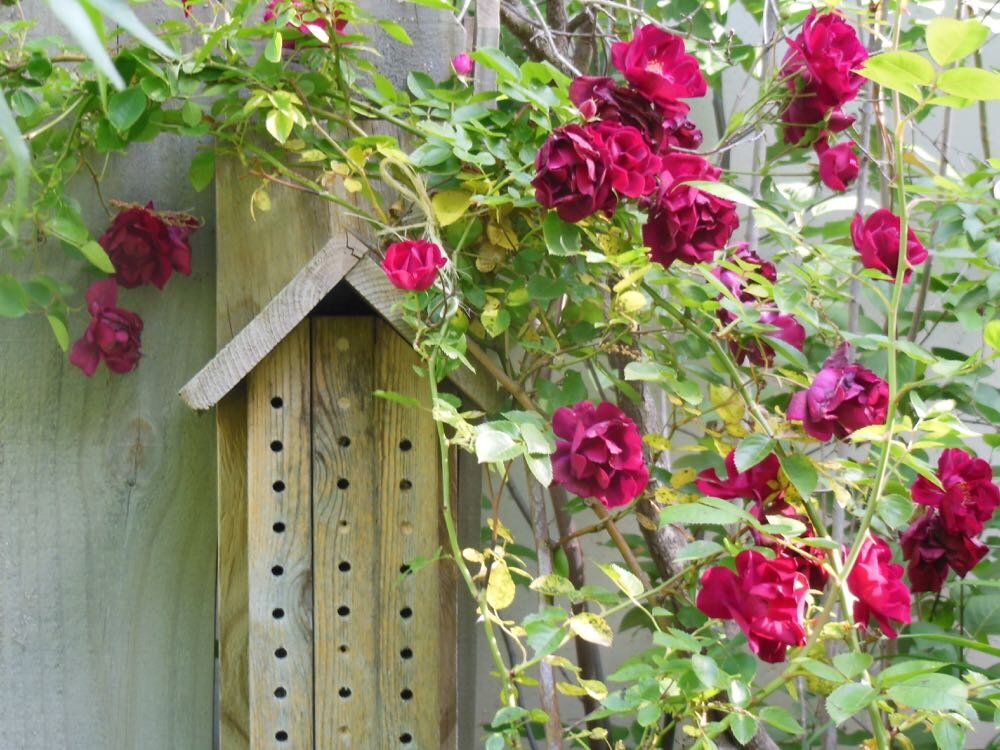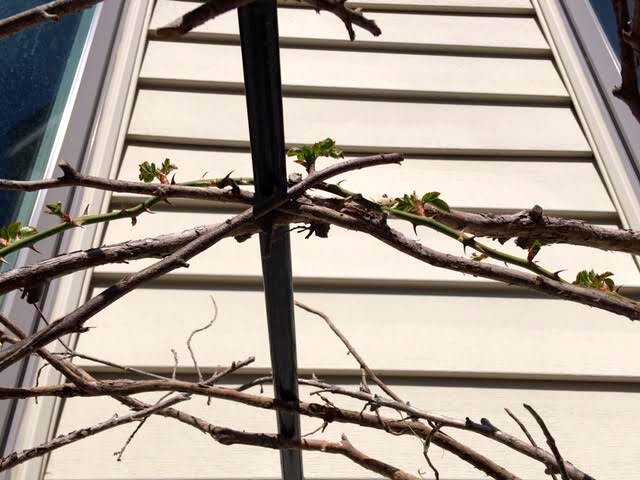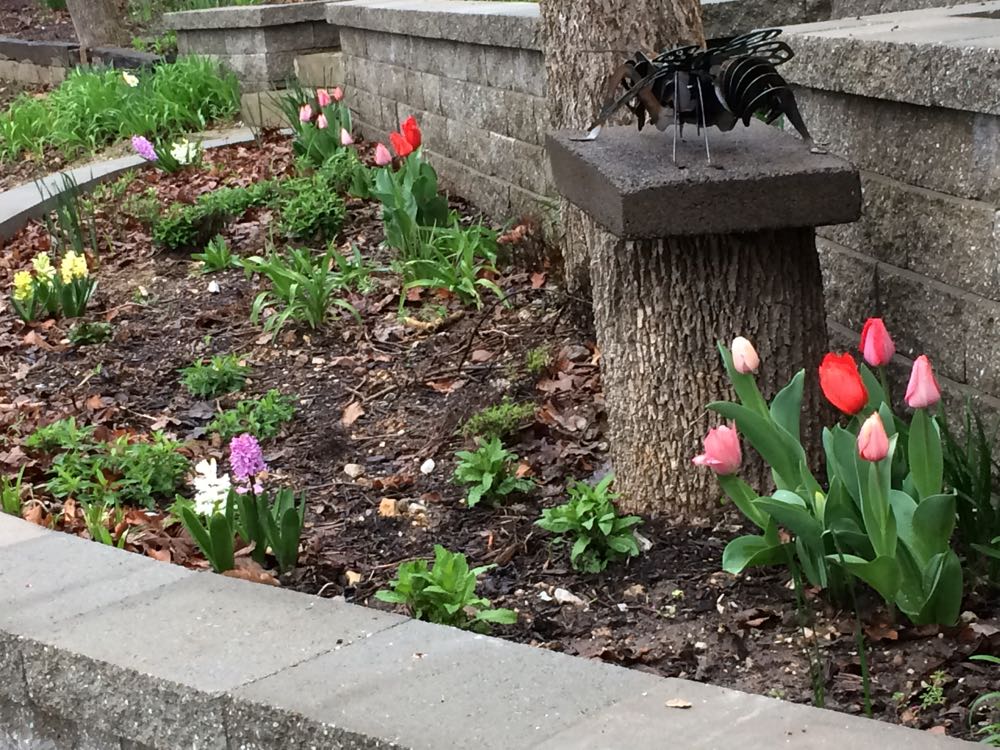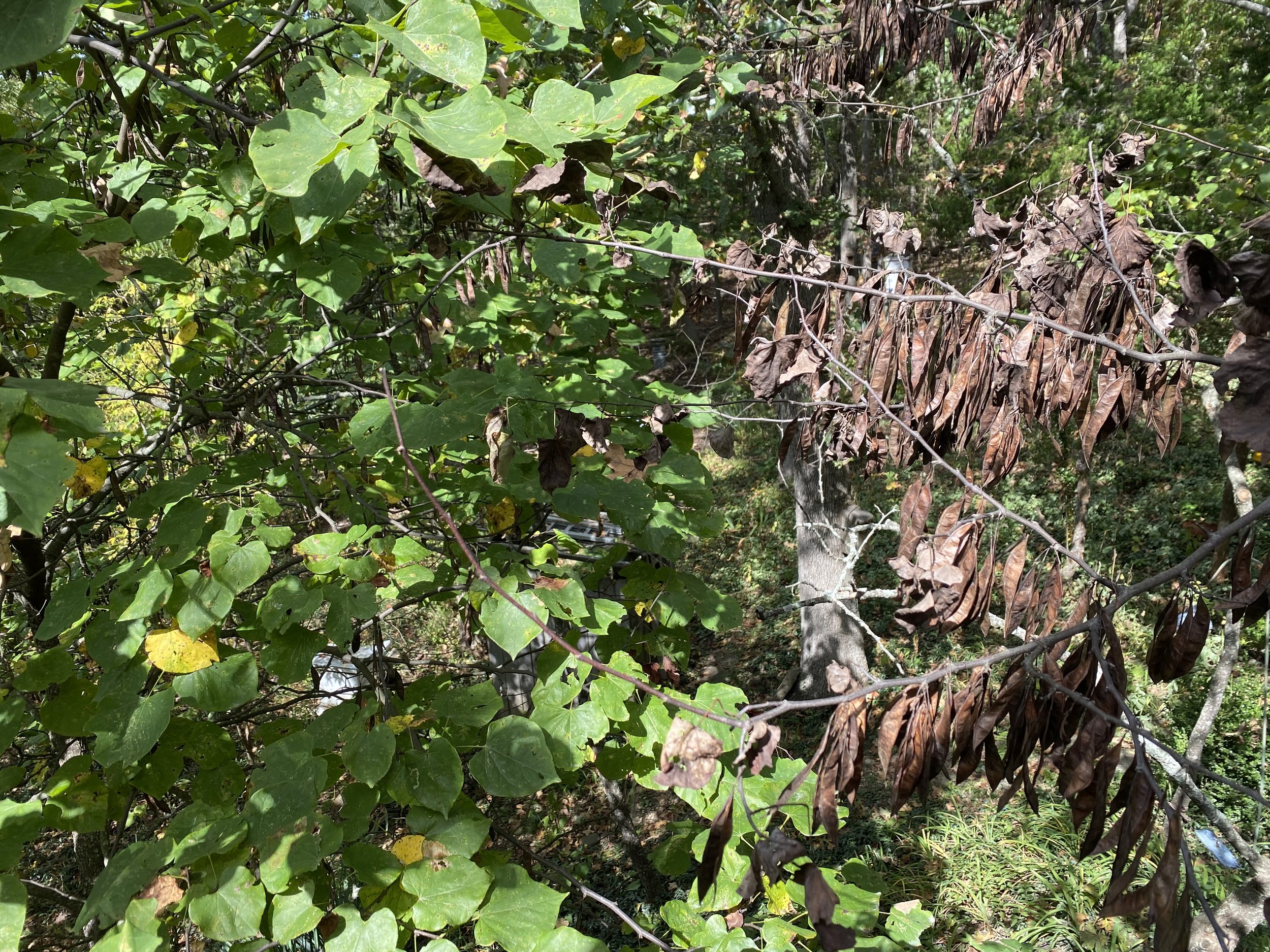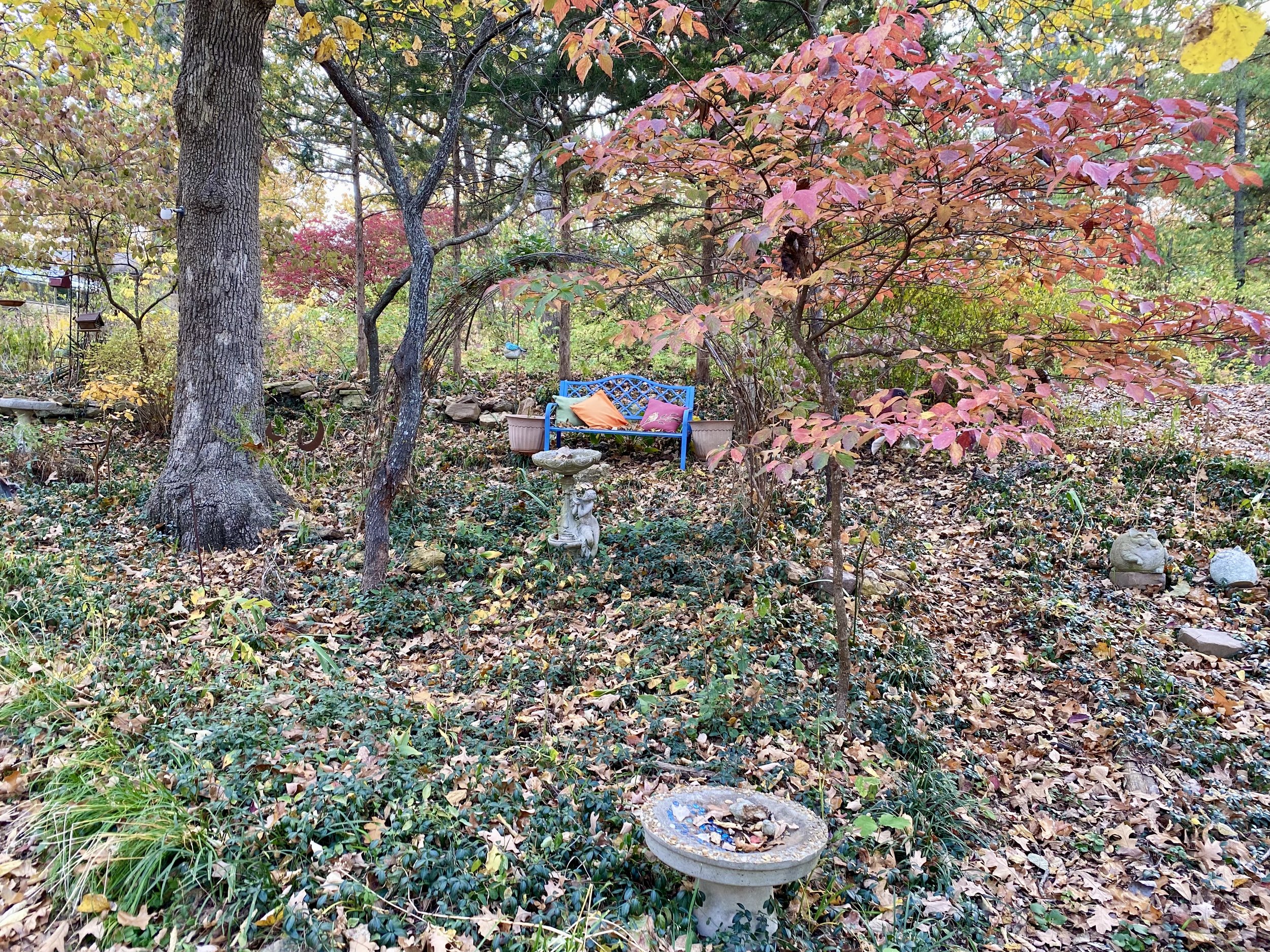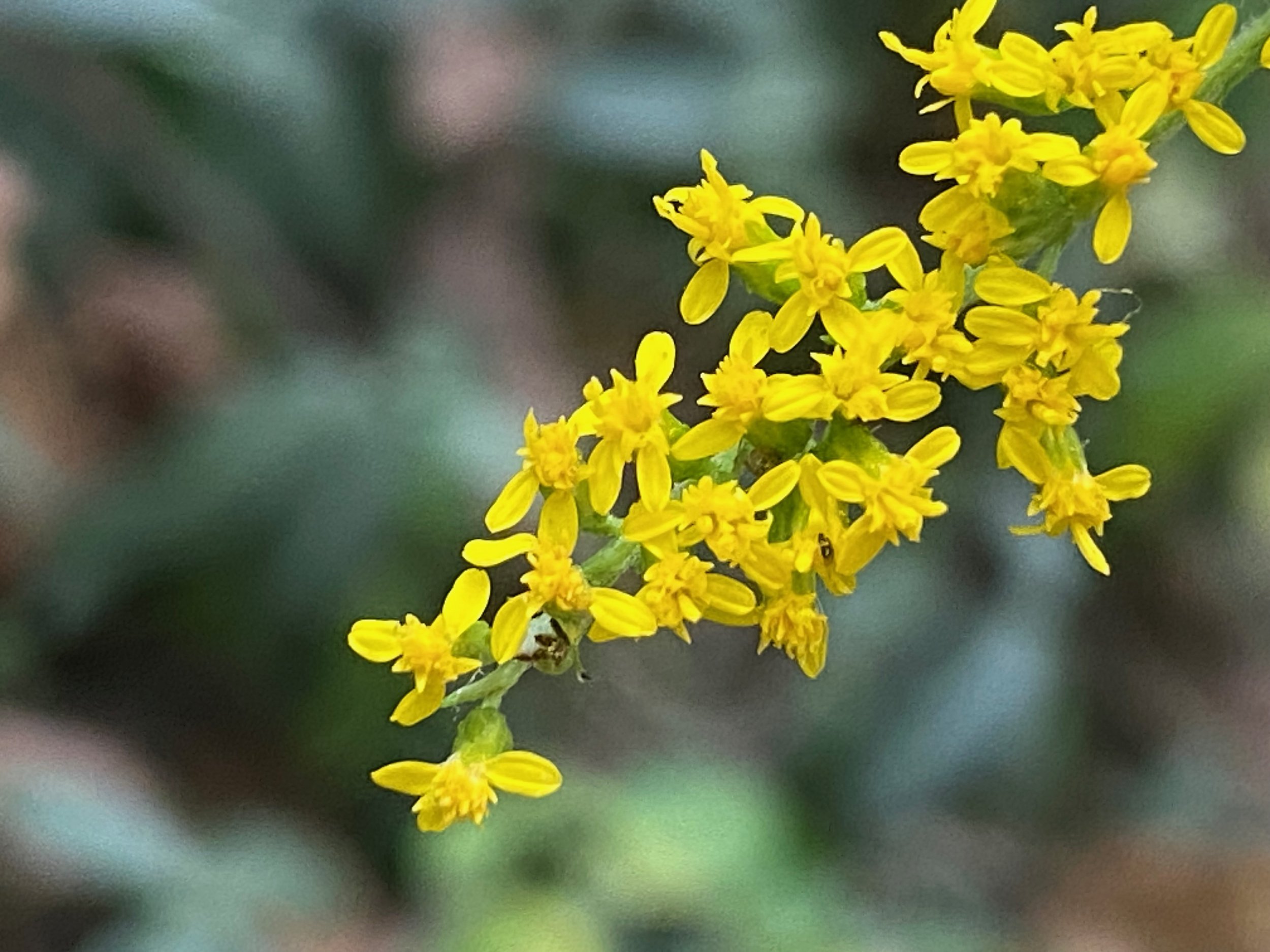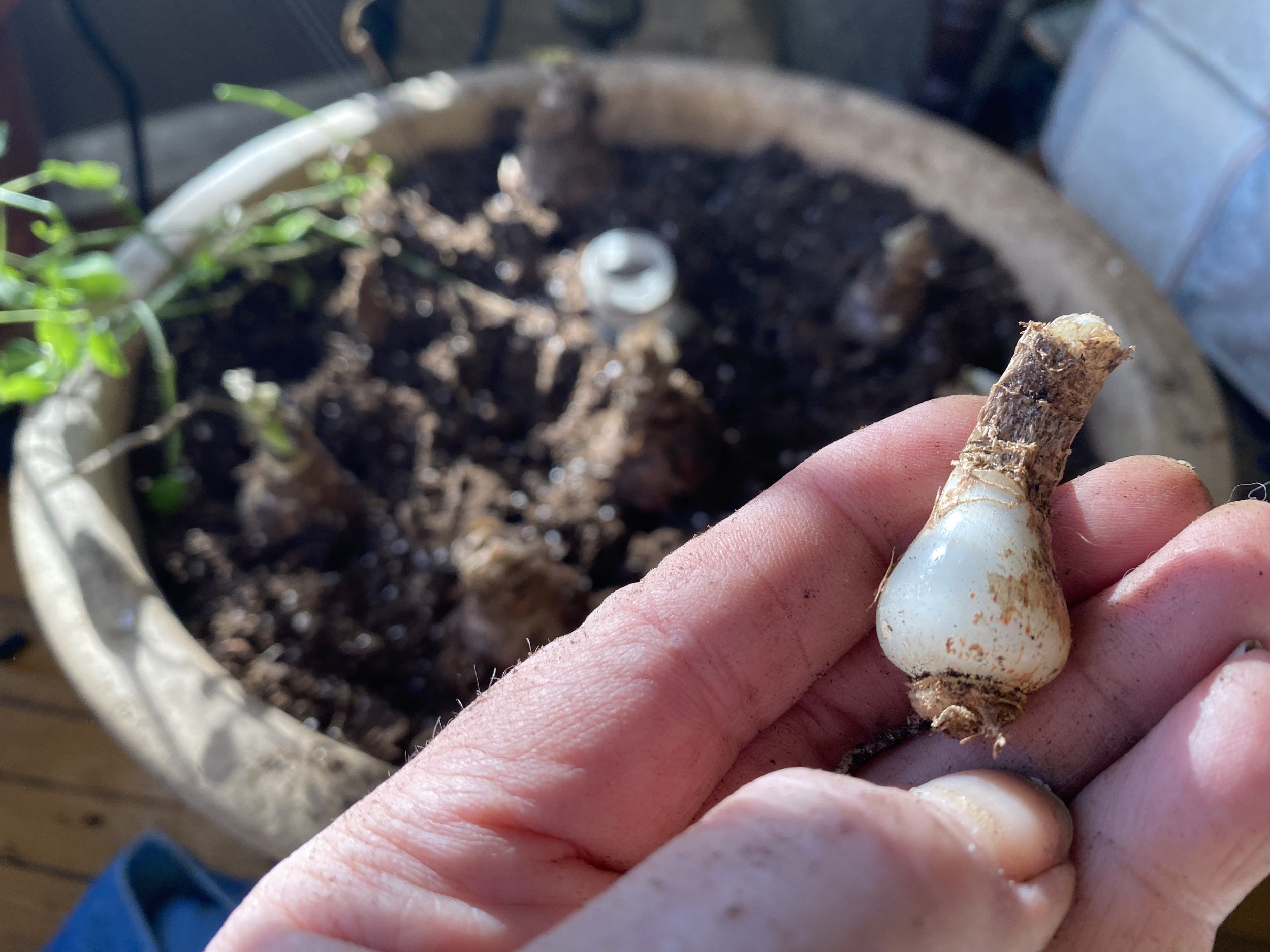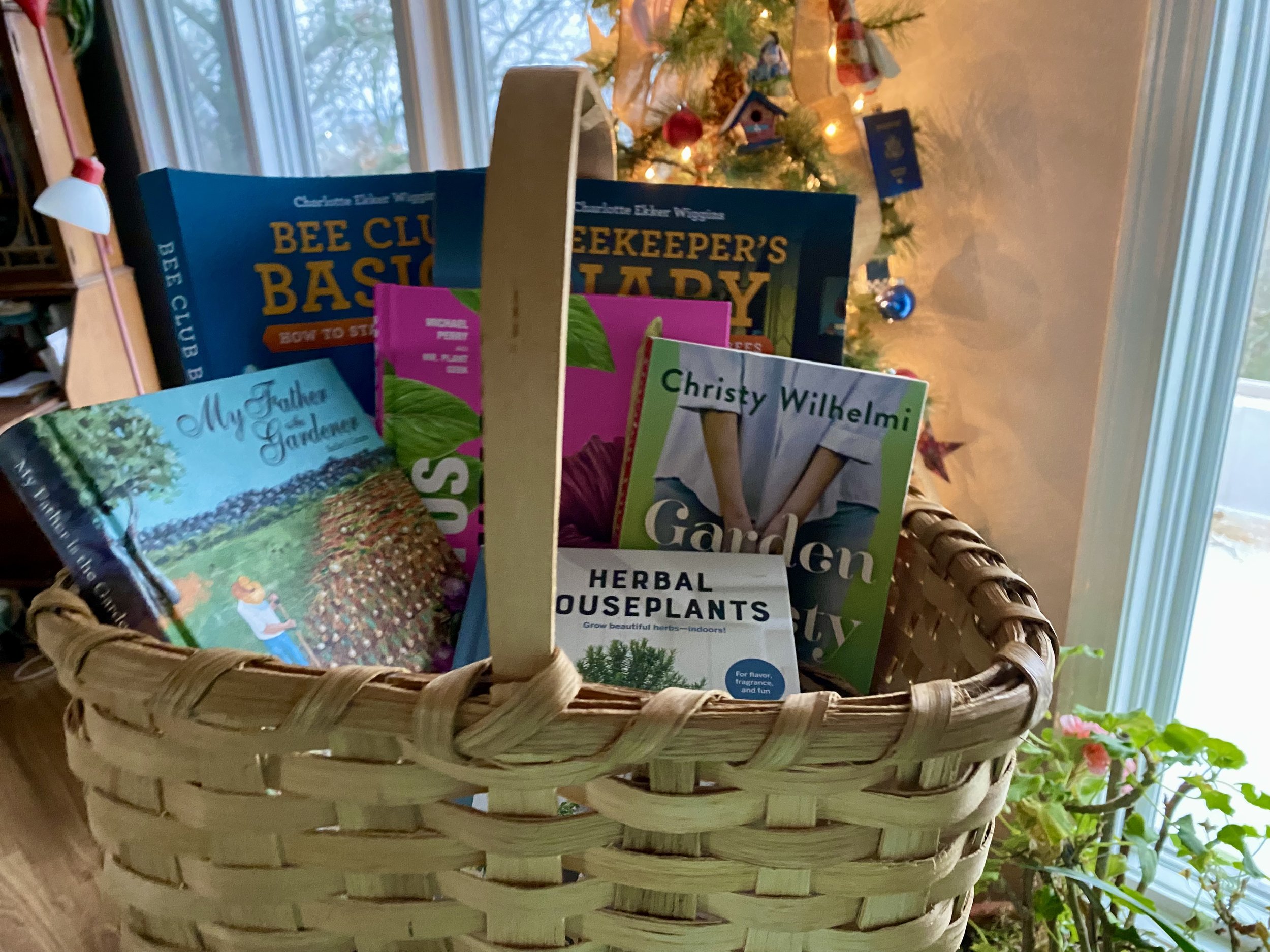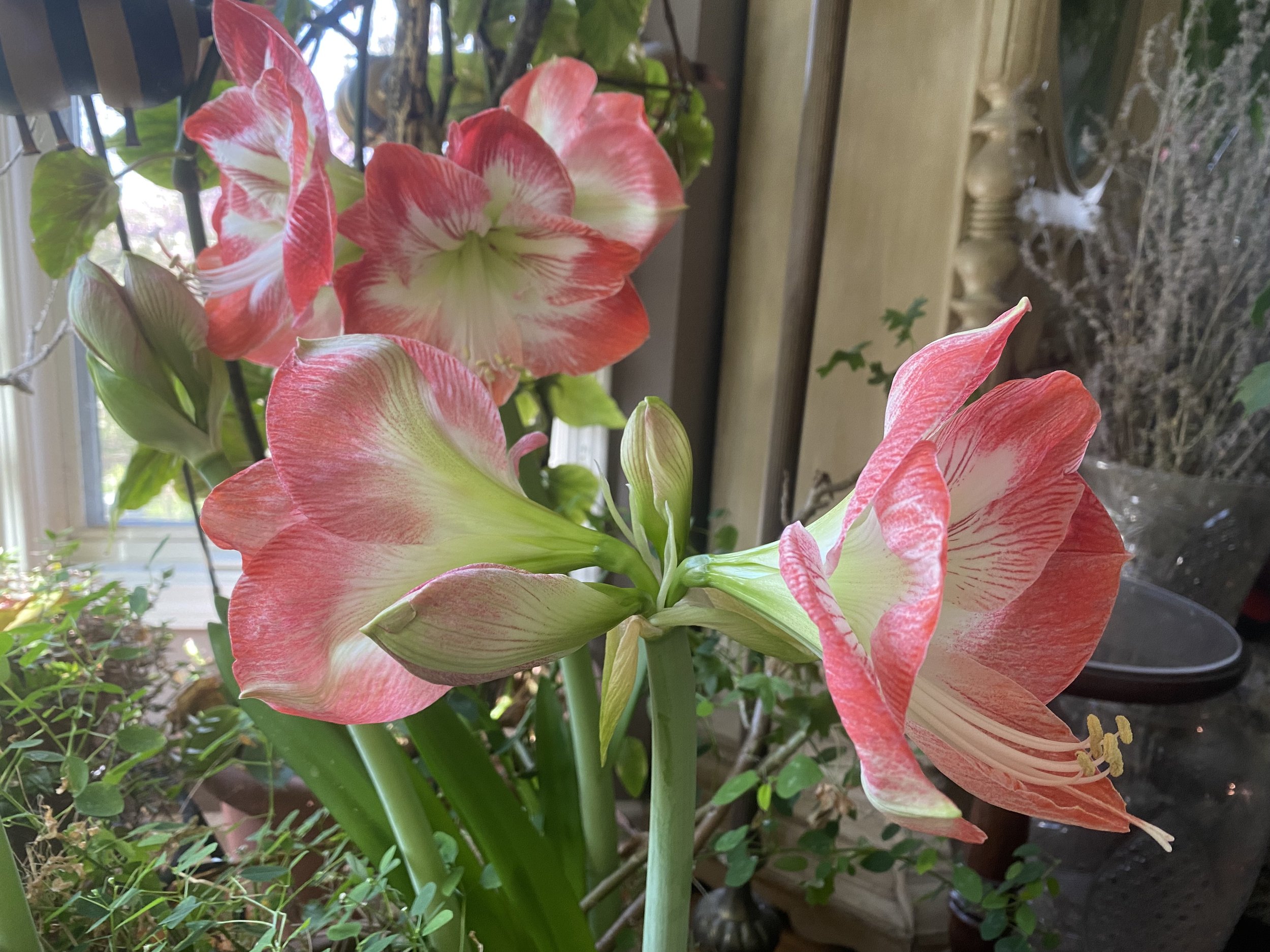How to Buy Seeds Online
Did you happen to get mysterious seeds through the mail last year? Most of those packages were shipped from China, unmarked without content identification. According to the National Gardening Bureau, they became a national security risk because of the possibility that if planted, the seeds were bringing in new diseases or noxious weeds. Now those mysterious packages have been attributed to “brushing scams,” overseas companies sending inexpensive seeds so they could “claim” an address as the basis for a fake positive online product review they post.
In other words, buy seeds and plants from known and trusted online sources. If you receive unsolicited seed or plant shipments, do not plant.
When shopping online, it’s so much easier today to scam people so here are tips on how to get what you think you’re paying for:
1. Know the merchant and their reputation. Several years ago a friend toured the Seed Saver Exchange headquarters and spoke highly of them so I now know they are a reliable seed source.
2. Avoid offers that seem “too good to be true.” If they seem too good, they are.
3. Make sure the site is secure. Does the URL start with https and not just http?
4. Know or research the vendor, especially if going through a third party like Amazon. Since the flood of unsolicited seeds last year, Amazon has been removing listings for live plants and seeds that are offered and fulfilled by residents or companies outside of North America.
5. Ask around. Talk to your friends and other gardeners. What do they buy and where do they shop and why?
6. Peruse the catalog or website. Get to know that company and what they specialize in. There is a huge variety of companies and each serves an important niche.
7. Know your limits or your garden’s limits. All experienced gardeners can tell you that buying too many seeds or plants is the most common problem. Especially now when most of us are dreaming of spring and can easily overbuy.
8. Buy seed now for fall too. Don’t buy just for spring because succession sowing is important for season-long harvest and there are wonderful vegetables like cabbage and kale that are great for fall plantings.
9. Note how many seeds are in each package and plan ahead. If you can use 25 of the same tomato variety, that’s great! You can always store leftovers for next year but be aware that the germination rate will decline slightly, even if properly stored. Maybe you want to share or swap seeds with a gardening friend? National Seed Swap Day is January 30, 2021.
10. Pay attention to growing zones and conditions. No one wants you disappointed by trying to grow something that simply won’t grow in your garden’s conditions.
11. Try something new! Step out of your comfort zone and try at least one new seed each year…you never know, it might be your favorite!
12. Order early if possible and be patient. Seed companies are likely to experience delays in times of high demand. Be aware of that company’s current timeline for shipping. They will be transparent. Sign up for or subscribe to that company’s communications to stay informed and up-to-date.
13. Keep records. Keep track of what you ordered, what you planted, what worked well, what didn’t work, which tastes you preferred, etc. Next year this time, you’ll be glad you did!
Charlotte




